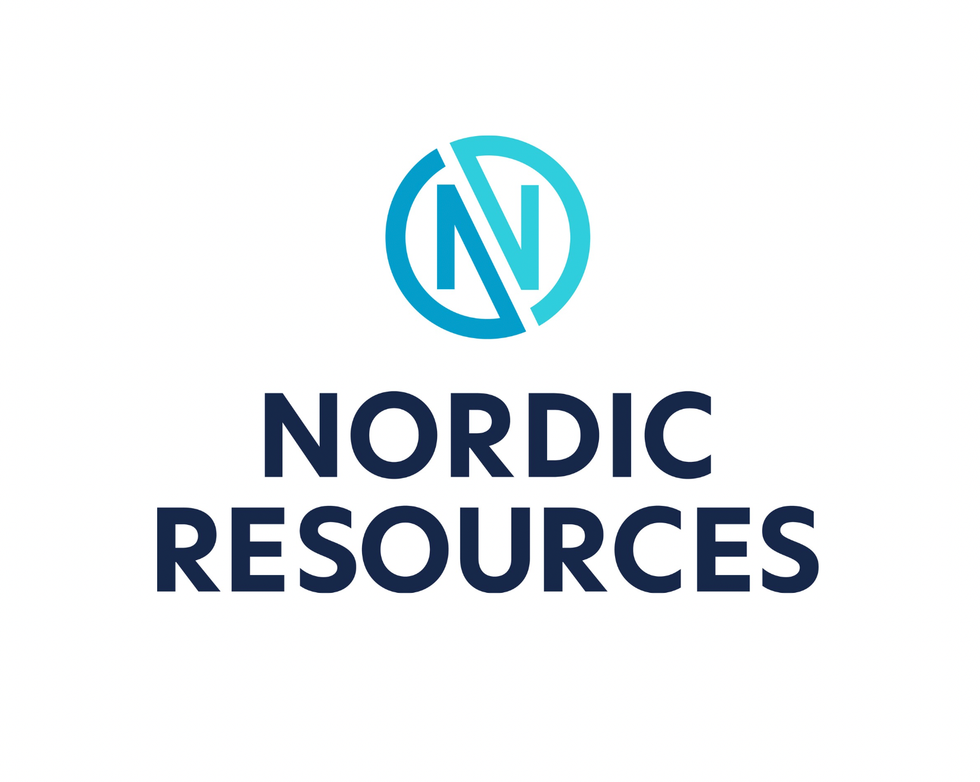Nickel prices have remained flat and there is a surplus of product on the market. But it’s not all doom and gloom despite the downgrade on China’s economic growth.
By Robert Young — Exclusive to Nickel Investing News
 Once again it appears that nickel prices are under pressure. With the current price hovering around $18,700/tonne, prices have remained relatively flat through the first quarter of 2012. During 2011, nickel prices averaged $22,680 per tonne compared to $21,980 per tonne for the previous twelve months. But fourth quarter prices slipped to $18,333 and have remained close to that level ever since. Now, with recent concerns in the market over China’s economic growth, or lack thereof, nickel may continue to face an uphill battle.
Once again it appears that nickel prices are under pressure. With the current price hovering around $18,700/tonne, prices have remained relatively flat through the first quarter of 2012. During 2011, nickel prices averaged $22,680 per tonne compared to $21,980 per tonne for the previous twelve months. But fourth quarter prices slipped to $18,333 and have remained close to that level ever since. Now, with recent concerns in the market over China’s economic growth, or lack thereof, nickel may continue to face an uphill battle.
China has been the leading consumer of nickel, but with the recent focus on the country’s projected slowdown, demand may be stalled for quite some time. Earlier this year, China cut its 2012 growth target for gross domestic product to 7.5 percent, an eight-year low. Additionally, the country raised its gasoline and diesel prices for the second time this year, prompting concerns that higher prices could weigh on Chinese consumers. The Chinese Automotive Association is already anticipating unmet targets for the year.
Back in June 2011, the Bank of America Merrill Lynch predicted nickel surpluses could climb as high as 60,000 metric tons in 2012. At the time of the announcement, nickel was trading at $22,283 per metric ton and the bank expected a ten percent drop in the price.
That news hasn’t stopped mining companies and refineries from producing even more nickel. According to Macquarie Group Ltd., new mines could increase the supply by eleven percent in 2012. That amount would be the most in 17 years if raw-material producers continue to be active in exploration and mining, and supply expands faster than demand.
Additional supply could also come from Vale‘s (NYSE:VALE) Onca Puma, Anglo American’s (OTC Pink:AAUKY) Barro Alto mines in Brazil, Glencore‘s (LSE:GLEN) Murrin Murrin, or First Quantum Minerals‘ (TSX:FM) Raventhorpe in Australia, according to Morgan Stanley. Projects by Vale in New Caledonia and Sherritt International (TSX:S) in Madagascar could take production from new operations to 117,000 tons in 2012, the bank estimates. Other new mining projects could add more than 100,000 tonnes to global nickel production in 2012, causing another surplus year.
Barclays Capital estimates that nickel production could exceed demand by 45,000 metric tons, a 73 percent jump from 2011. That amount is equal to 46 percent of stockpiles tracked by the London Metal Exchange.
The good news
But despite the negative atmosphere, there are some positive factors coming to the surface that could help the metal shine in the latter half of 2012.
A new ban on metal-ore sales from Indonesia that goes into effect in May could reduce its exports to China by as much as 75 percent. The ban, originally scheduled to be in place for 2014, was put in place as exports jumped over the past three years. The country shipped 33 million metric tons of nickel ore 2011, with China taking about 53 percent. If that is the case, the banned exports could benefit other nickel-ore mining companies and possibly give a boost to prices.
Company news
Advanced Explorations (OTC Pink:ADEXF) announced that it plans to play a major role in advancing Canada’s newest nickel-copper district with the discovery of significant nickel-copper and copper-silver–gold mineralization on the western side of the Melville Peninsula in Nunavut. Advanced Explorations has staked approximately 203,000 acres to include the areas of mineralization discovered.
“Seldom do junior exploration companies have an opportunity to participate in the discovery of a new mineral province. We believe the nickel-copper discoveries on the western Melville Peninsula represent the first significant nickel discovery in Canada since Voisey’s Bay and are very excited about the potential to discover world class nickel-copper ore bodies. The Company has a significant land position, have an experienced team and are well positioned to pursue this opportunity while maintaining our focus on the development of our iron projects,” John Gingerich, President and CEO, commented.
In November 2010, Brazilian miner Vale announced it would be embarking on a $10 billion investment program across Canada, with a third of that going into its Sudbury operations. Vale’s Challenging Ore Recovery (CORe) project is a $200 million project designed to increase nickel recoveries at the Clarabelle mill. Construction began last March and the floatation plant is expected to be completed by July. Modifications to the existing mill should be completed by June 2013.
Canadian nickel miner Royal Nickel Corp. (TSX:RNX) reported its review of activities and financial results for 2011. Tyler Mitchelson, President and CEO, commented, “I am very pleased with the progress made and milestones achieved in 2011. Completing the pre-feasibility study, launching of our environmental permitting process and completing the first phase of our voluntary, comprehensive community consultation process, which enabled independent input from the stakeholder community, were key successes that moved the project forward. With the appointment of Rothschild as our project finance advisor, we will now focus on financing the next phase of the Dumont Nickel Project’s development.”
Securities Disclosure: I, Robert Young, hold no direct investment interest in any company mentioned in this article.





